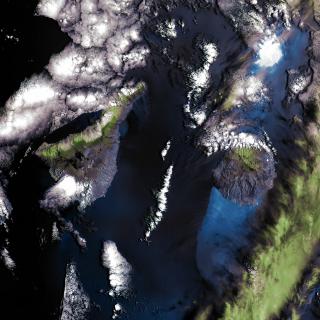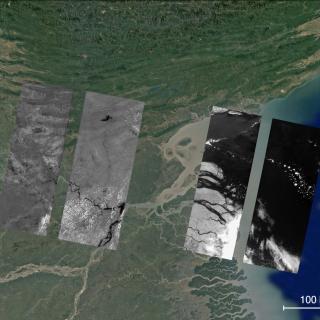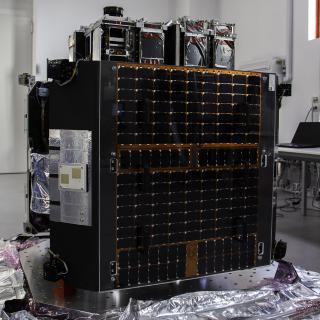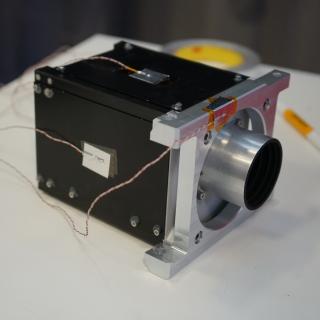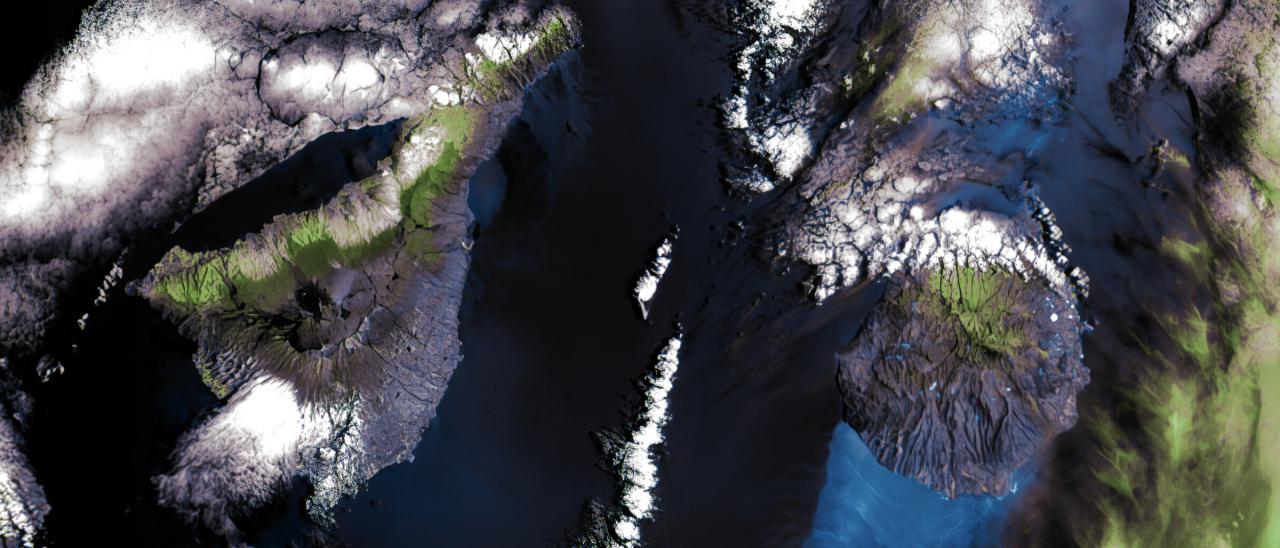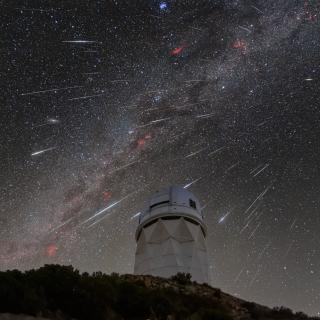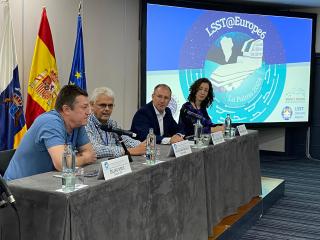The DRAGO (Demonstrator for Remote Analysis of Ground Observations) camera, developed entirely by the team of IACTEC-Microsatellites of the Instituto de Astrofísica de Canarias (IAC) has obtained its first images of the Canary Islands.
DRAGO was launched into space on January 24th this year on a Falcon 9 rocket of the Space-X company, integrated into a small satellite called ION-mk02 by the D-orbit company. Since then the satellite and the DRAGO camera have undergone a setting up phase which was completed successfully by taking its first images of the Canary archipelago. These were taken on May 28th 2021 at around 11.00 UTC (12.00 local Canary time).
The camera observes in the short wavelength infrared (SWIR). As it is an infrared camera it observes in “colours” that the human eye cannot see. To show the images of the Canaries a visible colour has been assigned to each of the infrared bands: green for the band a 1100 nm and blue for the band at 1600 nm. White in the images should correspond to the maximum intensities in the infrared.
“As well as making a visual impact, the images in composite colour let us see intutitively some of the characteristics of the elements observed. For example greener tones on the surfaces of the islands are associated with the greater presence of vegetation, and in the areas with clouds the different colours are caused by differences in their composition” explains Álex Oscoz, the principal investigator of IACTEC-Microsatellites.
The sea reflects very little SWIR light so that it shows in darker tones. “Even so we can see in the images differences related to tidal currents, such as that south of Gran Canaria, because these phenomena effectively change the reflectance of the water by varying the geometry of its surface” says Carlos Colodro, electronic engineer at IACTEC-Microsatellites.
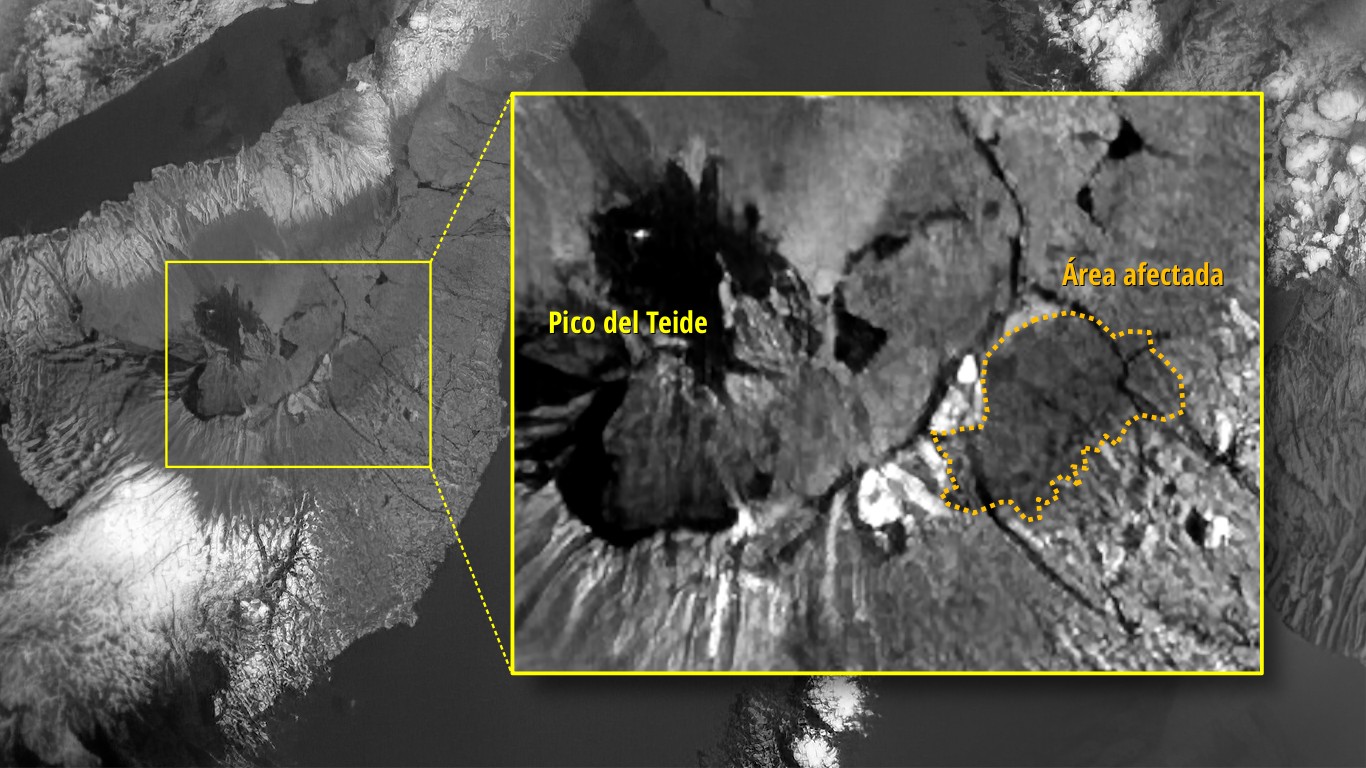
The effects of the recent fire in Arico on the island of Tenerife can also be seen in the images as a darker region. In this spectral range the areas burned in forest fires can be recognized thanks to the use of colour índices, which are numerical combinations of he reflectances in the different filters, in this case at 1100 nm and 1600 nm. “The detection and monitoring of forest fires is one of the applications which was defined as part of the mission of DRAGO, and this images is a clear example of the positive impact of this project for Canary society” points out Ignacio Bustamante, teledetection engineer at IACTEC-Microsatellites.
According to José Alonso, the manager of IACTEC-Microsatellites, “Compared to other infrared cameras in Earth orbit DRAGO has several characteristics which make it unique: it has been designed specifically to be integrated into very small satellites which impose severe restrictions on weight, volumen, power consumption and economic cost, and the fact that it is based on technologies of 2D sensors already in use, as opposed to customized sensors employed in the majority of satellites using scanning mode allow additional functions, such the extraction of information at altitude via perspective, and the recording of video.”
The IAC will make available to society in general and in particular to companies a freely accessible archive of the images obtained by DRAGO. “Even though this instrument is a technological demonstrator” notes Rafael Rebolo, the Director of the IAC “The high quality of the images obtained means that they can be of use to many projects, including those with a strong social content”. It is hoped that during the useful life of the instrument this archive will contain several tens of images, most of them of the Canaries.
As it is a single satellite, the number of images that DRAGO can take is conditioned by the “revisit time” over the Canaries (the time which takes for its orbit to fly over the islands again) which is almost two weeks. “However, its size and low cost make it viable to launch a constellation of small satellites which would reduce the revisit time over any region of the Earth” explains Ignacio Sidrach, software engineer at IACTEC-Microsatellites. “From the IAC we encourage the people in the Canaries and the companies or agencies which could be interested to put forward suggestions for future developments which could be carried out by IACTEC” explains Sidrach.
IACTEC-Space is a programme integrated into IACTEC, the area of technological and business collaboration of the IAC, which is funded (the training programme) within the Programme FINNOVA 2016-2021 of the Strategic Framework of Island Development (MEDI) and the Development Fund of the Canaries, and (the IACTEC building) by the Island Cabildo of Tenerife.
Contact at IACTEC:
- Álex Oscoz: aoscoz [at] iac.es (aoscoz[at]iac[dot]es)
- Carlos Colodro: ccolodro [at] iac.es (ccolodro[at]iac[dot]es)
- José Alonso: joalbur [at] iac.es (joalbur[at]iac[dot]es)
